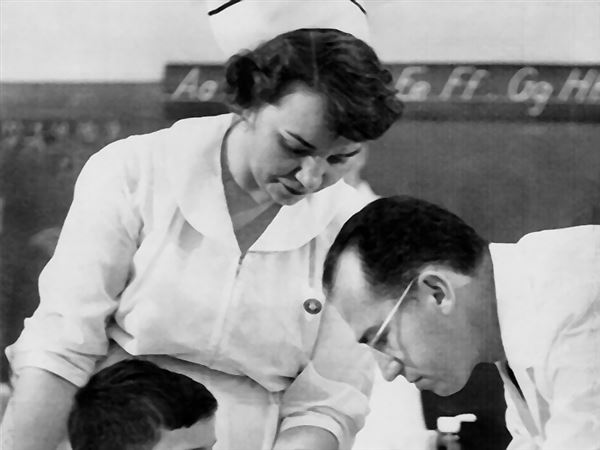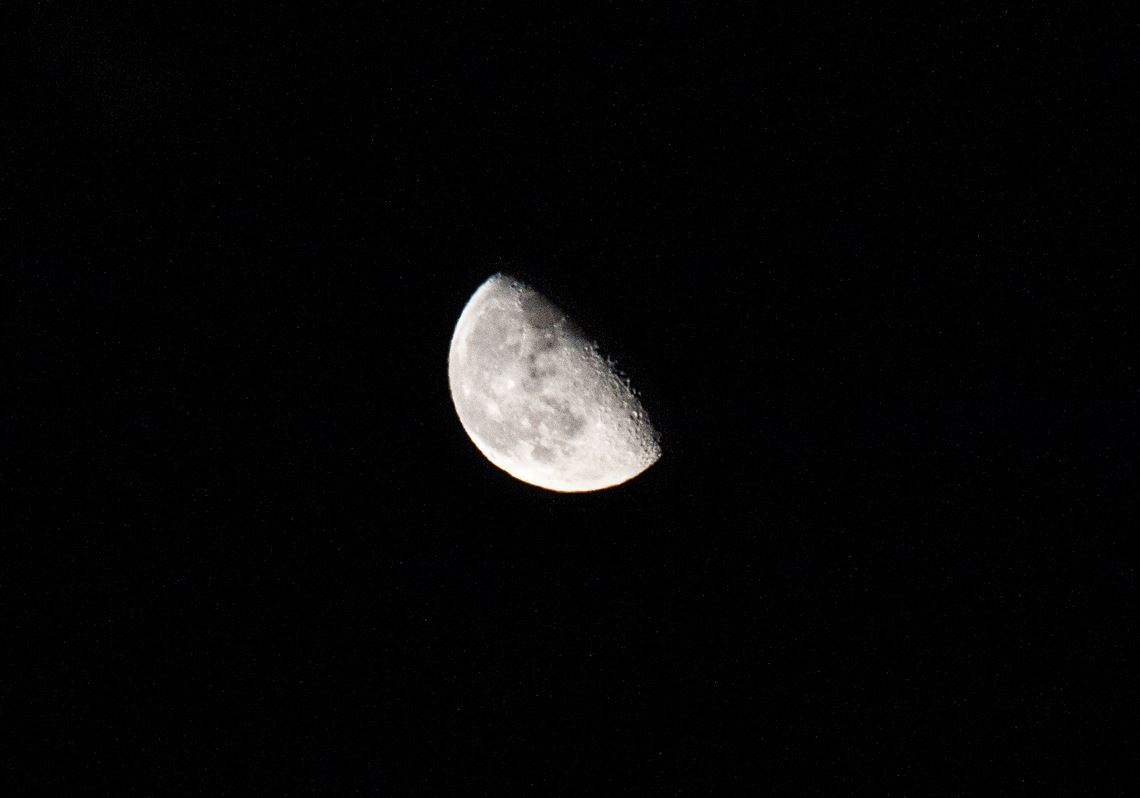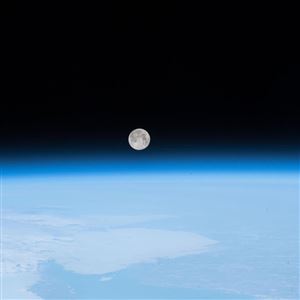It's been nearly 51 years since U.S. astronauts strolled on the moon. Now NASA wants to go back, but with a different goal.
Instead of planting a flag and bringing home a few rocks, future missions seek to exploit the moon's natural resources to establish permanent colonies and enable further celestial exploration. This time, when humans go to the moon, the plan is to never leave.
Pittsburgh is heavily involved in that ambitious goal.
“We're returning to the moon as a stepping stone for future deep space exploration,” said Justine Kasznica, founding board chair of the Keystone Space Collaborative, which supports space initiatives in the Tri-State area.
Later this year, if all goes according to plan, a 4.5-pound rover named Iris will drop from Astrobotic Technology Inc.'s Peregrine lander, drive a meter on the moon’s surface, and send a photo of the lander back to Earth.
Developed by students at Carnegie Mellon University, Iris signifies the democratization and international collaboration that advocates say will define a new era of space exploration. There's no guarantee of success.
"When you're in the space industry, you have to get it right. You don't have an opportunity to change it once it's out there," said Iris project lead and doctoral candidate Raewyn Duvall, who has dedicated the last half decade of her life to the small but mighty rover.
Despite delays and setbacks, her reason for helping the U.S. get back to the moon hasn't shifted: "Everyone dreams about going to the stars," she said. "This is that first step."
Iris is not only a test of robotics prowess, but also NASA's ability to partner with private companies and universities, which are crucial to its goal of returning humans to the moon.
Developed on Pittsburgh's North Shore, Peregrine would be America's first commercial lunar lander, if it launches before a competing model built in Houston, Intuitive Machines' Nova-C lander.
Nova-C is scheduled to launch aboard a SpaceX Falcon 9 rocket as early as Nov. 15. Astrobotic has not announced a launch date.
For both private lander companies, supported by NASA's Commercial Lunar Payload Services program, returning to the moon opens the door to an entire support industry here on Earth. Astrobotic, for example, will charge $1,200 per gram to send objects to the lunar surface.
Space is projected to be a trillion dollar industry by 2040, said Ms. Kasznica. "People are now saying that's going to happen a lot faster than that."
The commercialization of space exploration has opened a door to innovation and new company creation. And because of NASA's willingness to partner, investors are more comfortable backing high-risk companies, Ms. Kasznica said.
"You're basically providing a shipping service," she said.
Long-term goals for the moon include fracking and terraforming, said Dimi Apostolopolous, founder of ProtoInnovations, a Lawrenceville lab whose software allows NASA rovers to drive without a human operator.
“We started in the ‘60s,” he said. “But now we're not talking about getting to space, it's about being there and really expanding the kind of the reach of humanity.”
Next year NASA's VIPER rover will search the moon's southern pole for frozen water, which could be separated into oxygen for astronauts and hydrogen for rocket fuel. Because the moon has no atmosphere and significantly less gravity, missions to Mars would be far more efficient if launched from the moon.
Last month, India successfully landed its Pragyan rover near the moon's southern pole, boosting spirits across the industry.
Pragyan detected a potential moonquake on its third day and measured higher temperatures than expected in the moon's topsoil (158 degrees Fahrenheit) but failed to awaken after the 14-day lunar night.
Frigid temperatures are one of several reasons that simple and ubiquitous technologies on Earth will be difficult to replicate in space. But industry leaders say the start of commercialized missions should help.
First Published: October 8, 2023, 9:30 a.m.
Updated: October 8, 2023, 5:12 p.m.

















